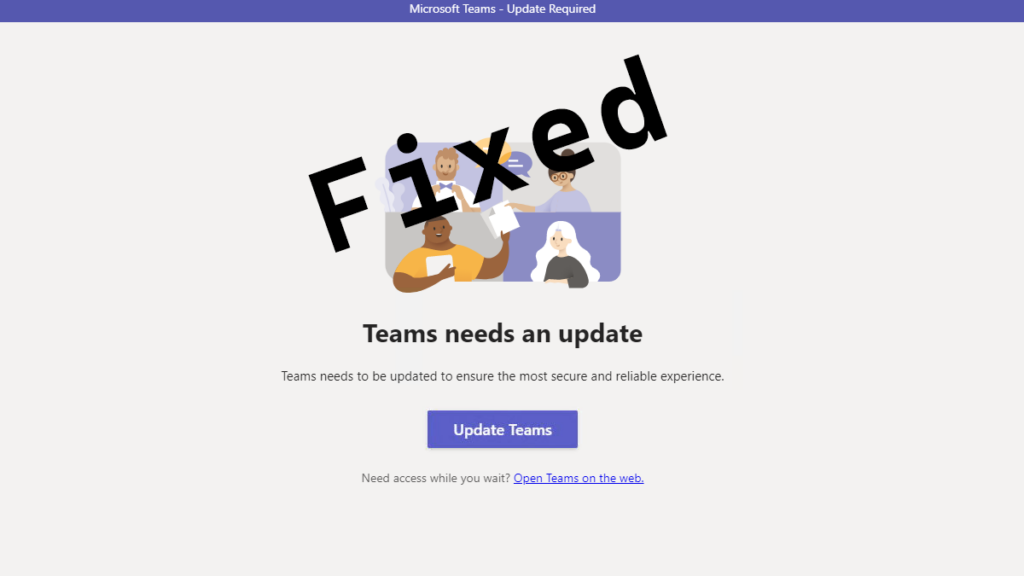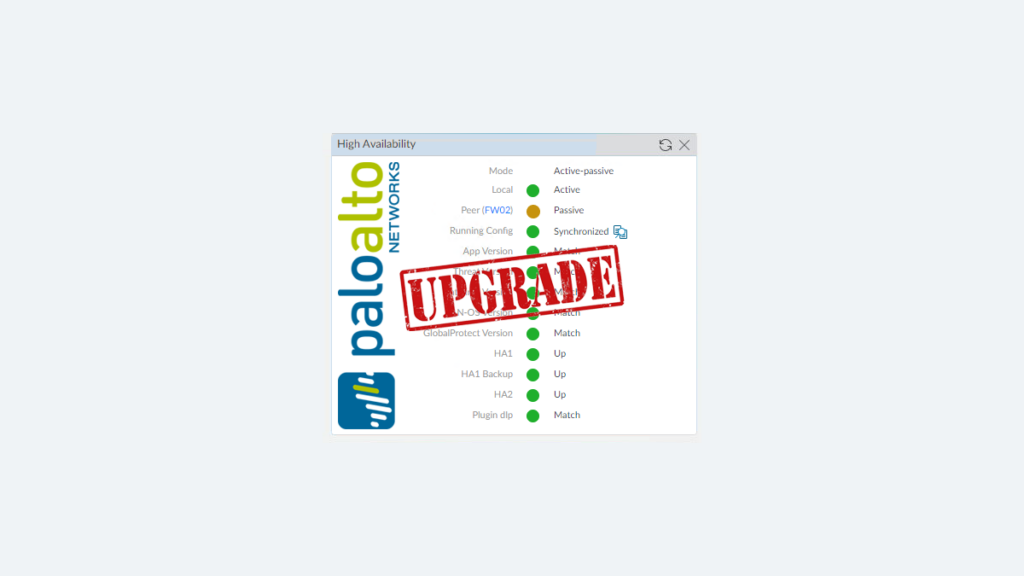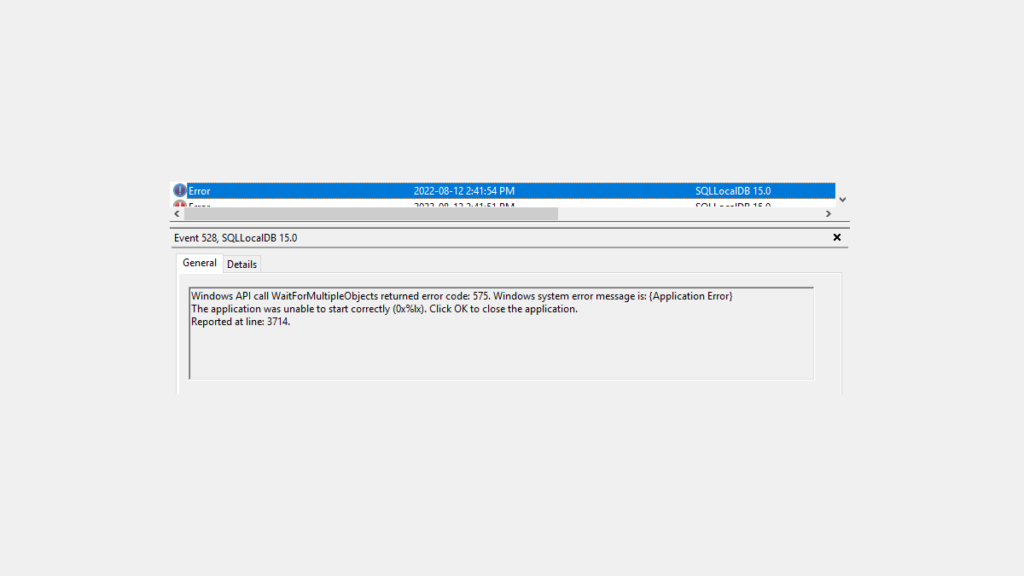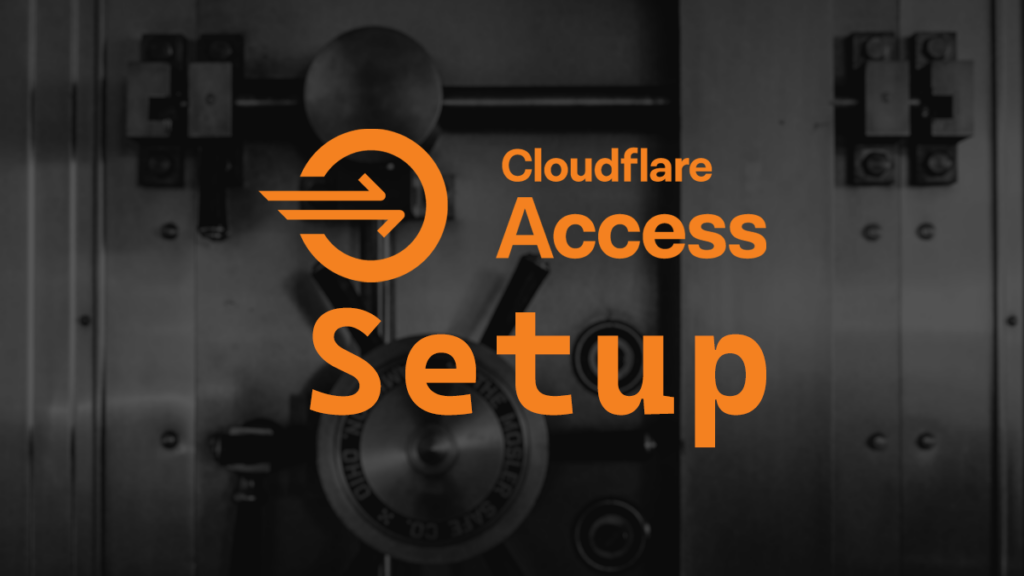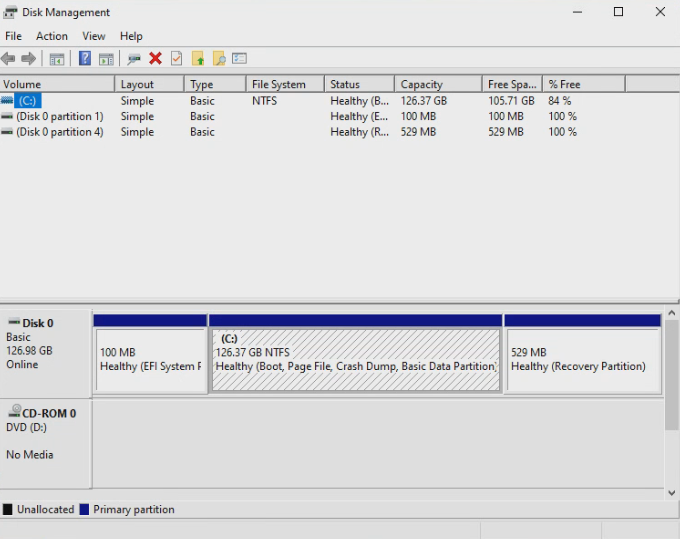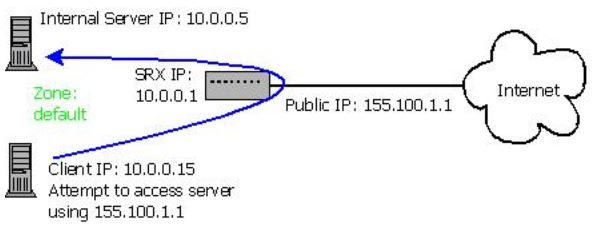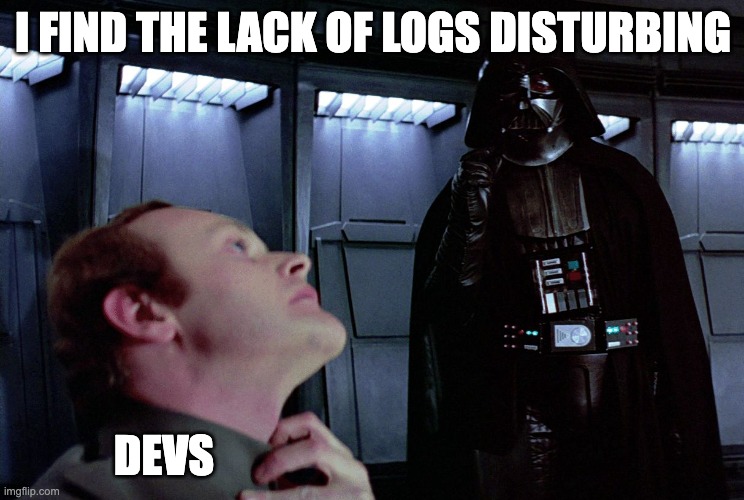Recently I’ve ran into an issue with Microsoft Teams where the user sees a blocking message that says “Teams needs an update”. The user needs to action it before they can use Microsoft Teams again. Typically the user can just click on Update Teams which will take them to a download page for Microsoft Teams, they also need to pick the correct version of Microsoft Teams because now there are two of them.

Let’s have some faith in the user and say they do download the correct version, now they need to run the downloaded file and then it will update Microsoft Teams for them and finally they can use Microsoft Teams again.
That whole process isn’t a good user experience and that’s way too many steps. It’s worse if the user is in a rush because let’s say the system with the outdated version of Microsoft Teams is a meeting room computer and they are trying to load Microsoft Teams for their meeting.
There has to be a way to prevent this and a way to reliably fix the Teams needs an update problem. Here’s what I found in this rabbit hole along with the solutions I found.
…